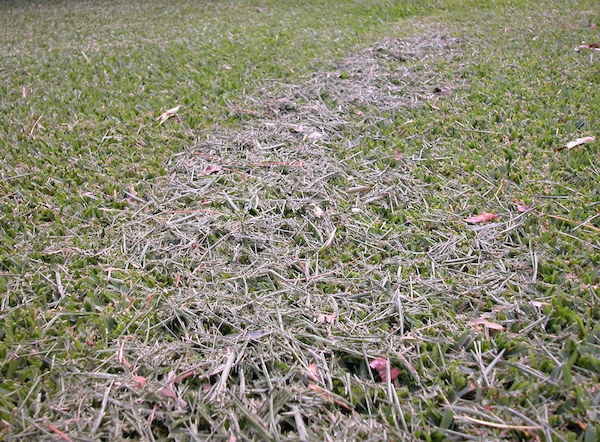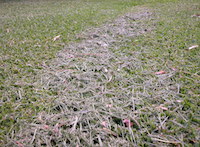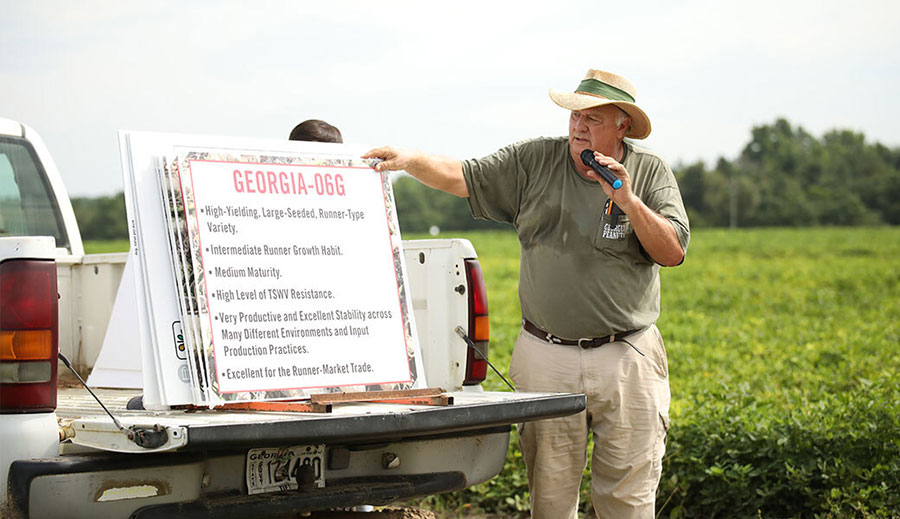Over the last two weeks, parts of Georgia have received more than 5 inches of rainfall. All of this rainfall makes lawn maintenance difficult.
The rain caused the grass to grow but made it difficult for homeowners and landscaping companies to keep it properly mowed. The rain didn’t stop long enough to allow for mowing, and the ground was too wet to be mowed without leaving track or ruts, which would affect the lawn’s aesthetics.
I’ve seen lawns and commercial properties that look like they have hay ready to be bailed the next time the lawn is mowed, which leads to another issue: clippings. Considering the amount of growth, if a significant volume of clippings accumulate on the lawn after mowing, the clippings should be removed.
Another option is to work the clippings into the canopy through blowing or raking. For many lawns, this is not possible and bagging is the best option. In general, it is ideal to return clippings and recycle nutrients to the turfgrass.
Diseases are also associated with the wet conditions. The environmental conditions during the past two weeks have been favorable for two fungal diseases: dollar spot (Sclerotinia homoeocarpa) and large brown patch (Rhizoctonia spp.).
Given low-light conditions, rain and moderate temperatures, dollar spot has been observed on Bermuda and zoysia grasses. Similarly, large patch has been observed on Bermuda, centipede, Saint Augustine and zoysia grasses, while brown patch has occurred on tall fescue.
Tall fescue is a cool-season species, and it may be wise to treat these lawns with a fungicide. Making a fungicide application to the warm-season species would be prudent, but it is likely these lawns will rebound from the disease once the rain stops and the temperatures rise.
For more information on caring for turfgrass lawns in Georgia, go to GeorgiaTurf.com.








